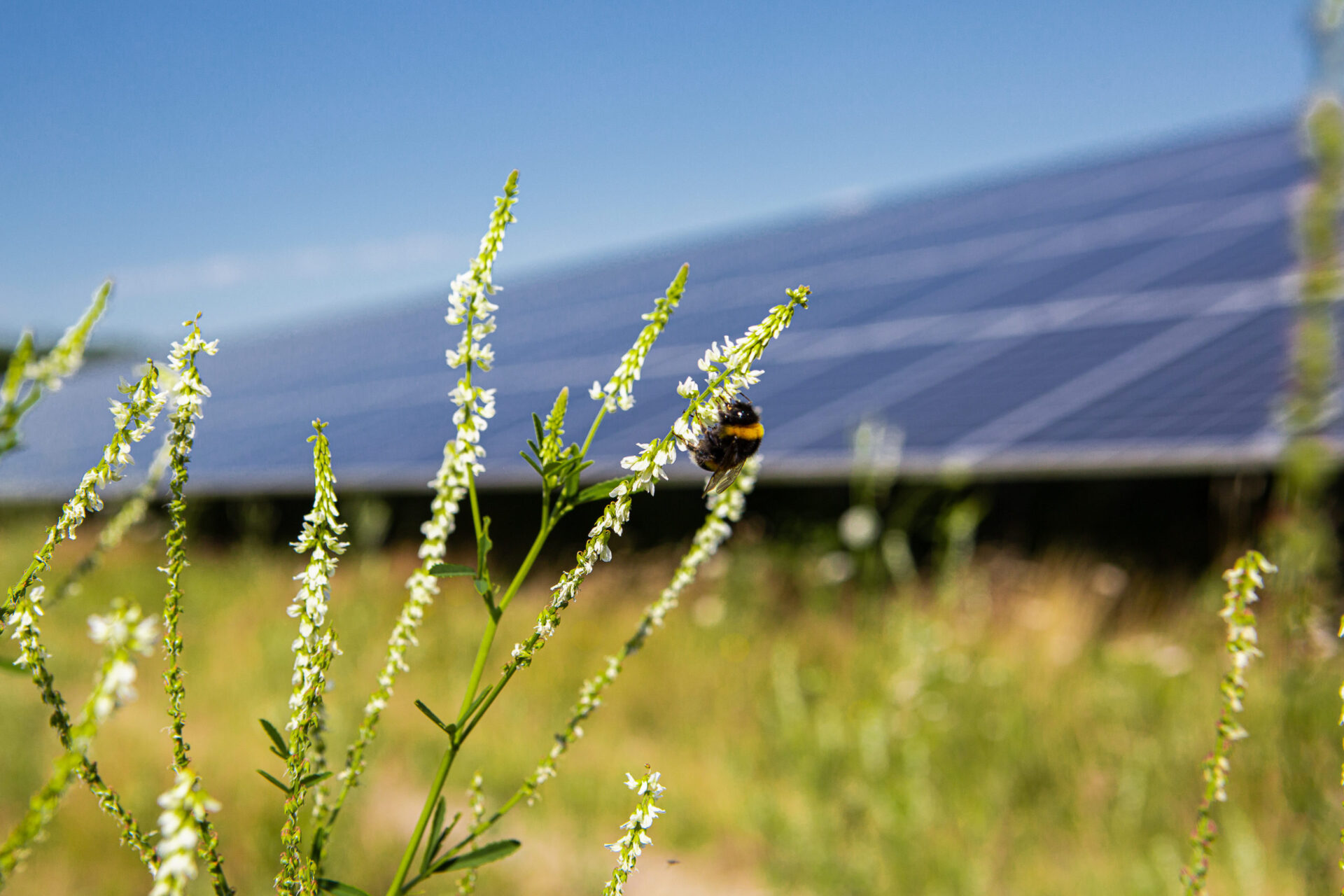AGRICULTURE
Research project on the agricultural value of solar parks
Scientists from the Universities of Göttingen and Cologne are investigating the influence of PV modules on soil, vegetation, microclimate and grazing animals. To analyse the Effects of PV modules on grassland and its ecosystem services, the complex interactions must be researched. The aim of the studies is to identify the best possible combination of energy production, agricultural utilisation and increasing biodiversity.



Solar park areas as valuable biomass suppliers
What influence do PV modules have on grassland areas? What ecosystem services can be provided by grassland areas with PV modules and to what extent can these be measured? What effects do PV modules have on grazing animals such as sheep? Scientists from the University of Göttingen and the University of Cologne are investigating these questions in joint research activities. To answer the Effects of PV modules on grassland and its ecosystem services, the complex interactions must be researched. The The aim of the investigations is to achieve the best possible combination of energy production, agricultural utilisation and increasing biodiversity to identify. We report here on this interesting research project and present individual aspects in more detail.
What is being researched in the project?
In the video, the scientists present their project and explain how they are conducting their research and which technologies are being used. It becomes clear that the initial findings are promising and new conclusions can be drawn once the collected data has been analysed.
Project presentation
Updates on the research project
This is where we publish news about the project and the current status of work.
Update October 2025
In the summer of 2025, several investigations and Sampling in various solar parks took place. Once again Extensive samples taken by the grassland scientists, which are later analysed in the laboratory. The remote sensing team was able to use the LiDAR scanner Large-scale images of the biomass between and among the modules. The LiDAR data will now be compared with the data from the Grassland Sciences team. The researchers hope to gain exciting insights from this, which in turn can be used in Publications and lectures flow in.
Lectures & dates:
Dr Dina Hamidi was able to KNE Conference in September already some Insights into her research work (Min. 35:00 - 54:00 in the Video).
On 19.11.25, the scientists will be presented at the renowned Forum SolarPlus present their results to date.
At the beginning of 2026, a Webinar on the research results offered and a Project report presented. Both will be available on the SonneSammeln website. Please contact us for the Newsletter onso as not to miss any news!

More on the solar parks analysed
In the summer of 2025, the researchers and their teams were in the Gottesgabe solar park (Brandenburg), in the Lauterbach solar park (Hesse) and in the Klein Rheide solar park (Schleswig-Holstein) on site.
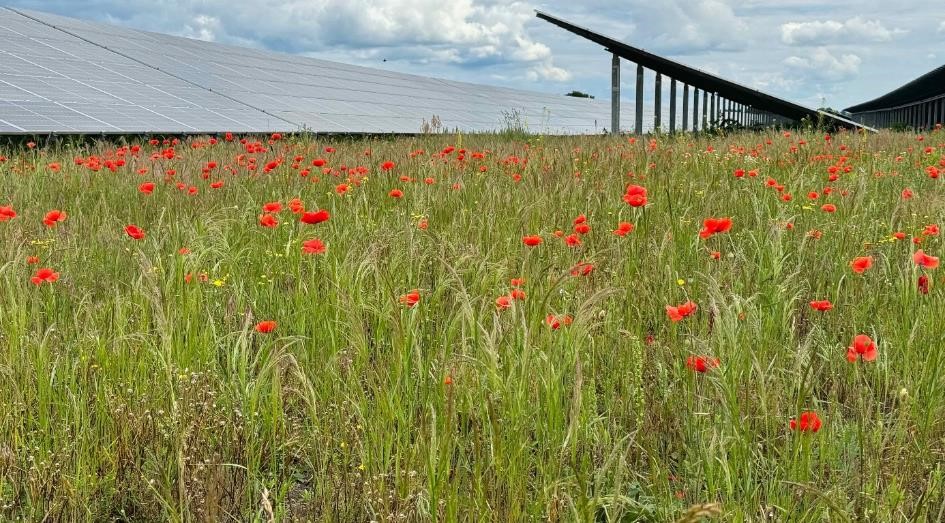
Tim Peschel 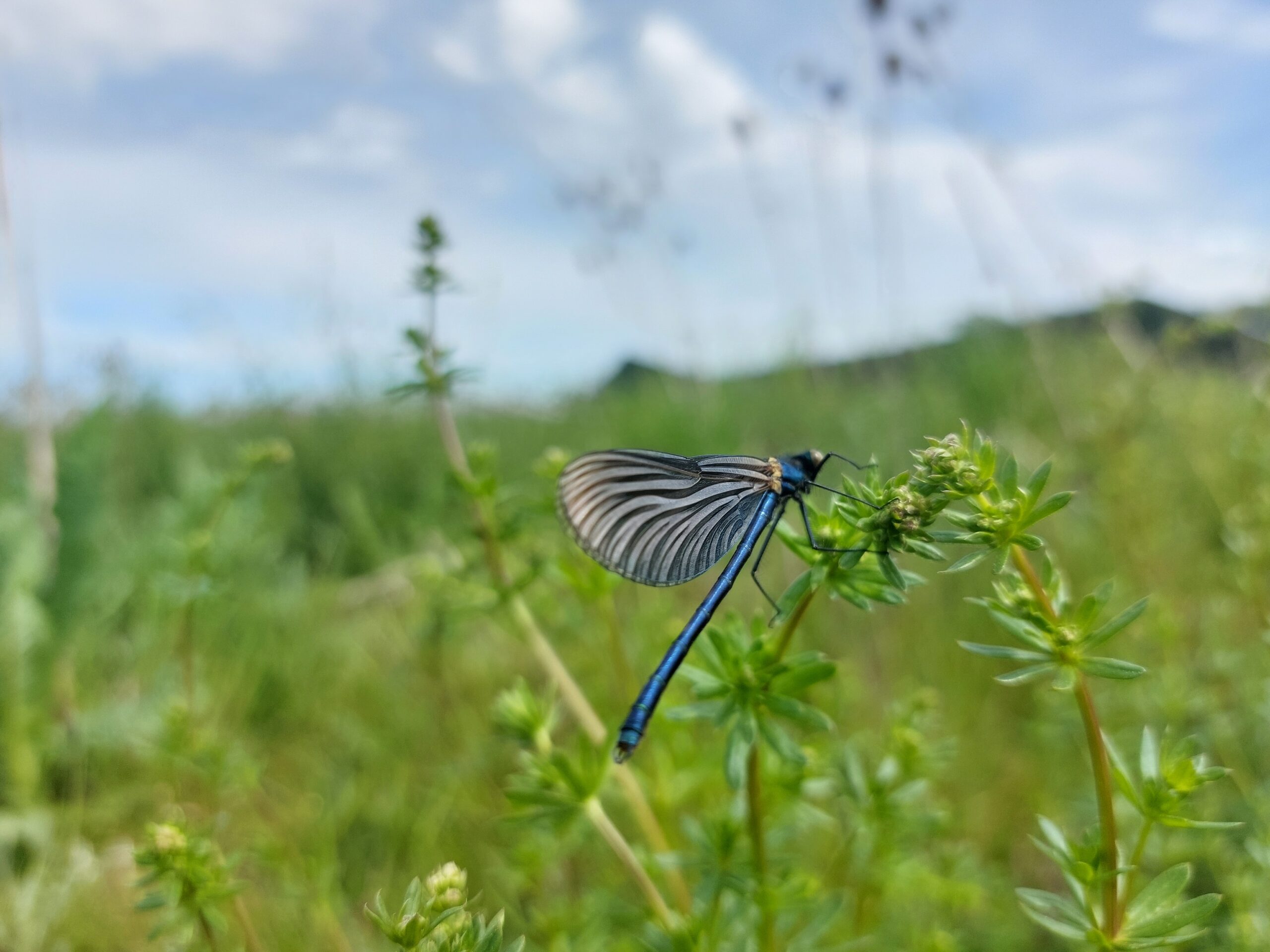
© Rolf Peschel 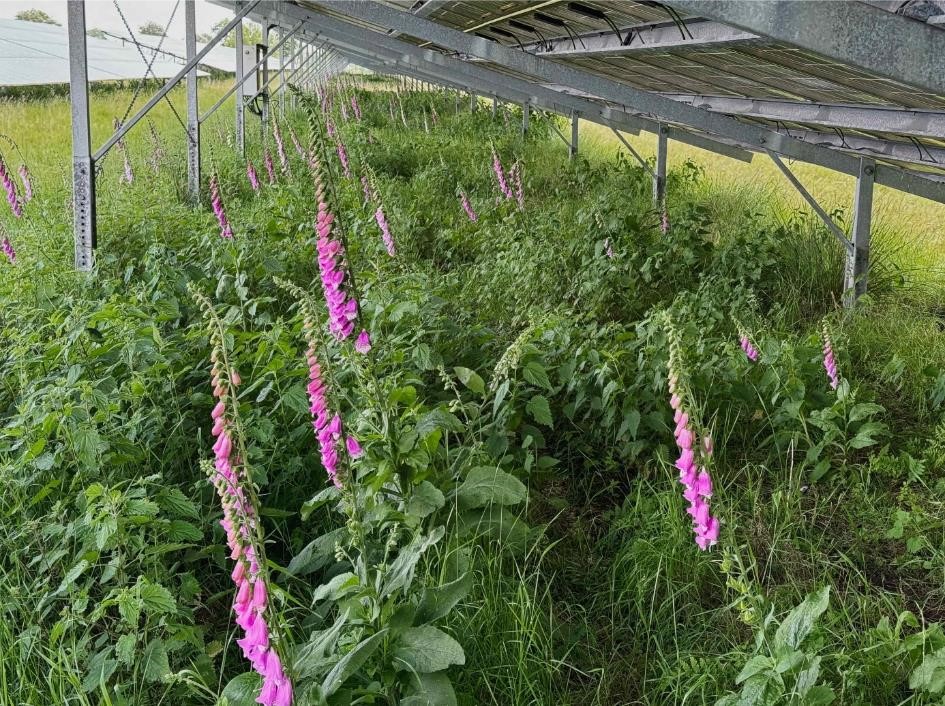
Tim Peschel
Research project team
Team of the research project "Agricultural utilisation of grassland in PV systems"


What role do ground-mounted PV systems play for ecosystem services?
"From our research results to date, we can deduce that PV modules increase the heterogeneity of the growing conditions for the turf. This creates niches for plants and animals and favours biodiversity. We can measure this heterogeneity in terms of forage yield, the diversity of plant species and also the behaviour of grazing animals."
Dr Dina Hamidi and Prof Dr Johannes Isselstein, University of Göttingen
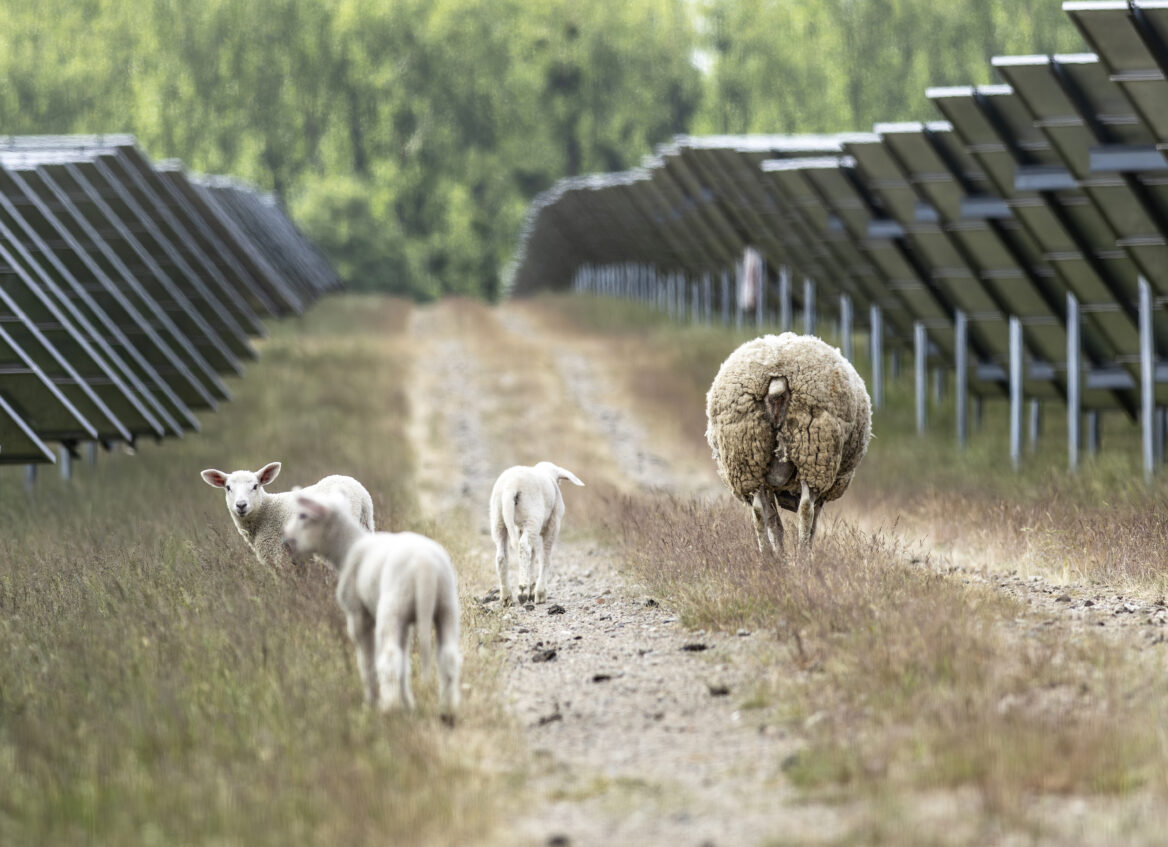
Ecosystem services create the basis for all of our basic human needs, such as access to water and food. The term "service" describes the fact that humans use nature as a service provider by utilising its habitats and living organisms. Ecosystems and therefore also ecosystem services are significantly influenced by the human way of life. Against this background, research into the preservation of essential ecosystem services is of particular relevance. Biodiversity is considered an essential cornerstone for functioning ecosystems and the provision of ecosystem services, as resilience to environmental change increases and the balance between different species is promoted.
- Agri-PV is a method of promoting the dual utilisation of land and thus alleviating competition for land. However, according to the current definition, Agri-PV is profit-orientated This means that the areas under and between the modules are intensively farmed, which can jeopardise biodiversity or clean water, for example. Adapted, extensive management could promote socially desirable ecosystem services.
Extensive grassland utilisation is characterised by a low intensity of use of the area (mowing once or twice at most or extensive grazing) and the absence of fertilisers and pesticides. Depending on the location and type of extensive cultivation, a high diversity of plant species develops. This type of management can be easily implemented in most open-space PV systems, which is why there is great potential here for promoting ecosystem services.
The scientists Dr Dina Hamidi (University of Göttingen) and Dr Christoph Hütt (University of Cologne) have identified numerous research gaps in the field of grassland utilisation in solar parks. In the current project, they want to Research questions pursue:
- How do PV modules affect the species composition, biomass and quality of extensively utilised grassland?
- Is sheep grazing a suitable form of management for PV systems? Do the grassland areas provide sufficient forage? How do sheep behave in areas with PV modules compared to areas without PV modules?
- How can modern surveying technologies be used to derive the stock parameters of grassland under PV modules?
How is the data collected?
Agricultural boundary sites that have been overbuilt with PV modules are analysed using the example of model systems on Carbon-rich soils (peatland site) and Soils with a low moisture level (mineral site) in order to be able to make statements about the effect of the modules. The results are then tested on a broad basis in existing model PV systems in order to Recommendations and framework conditions for the expansion of renewable energies taking into account the ecological and agronomic potential of the land.
The Characterisation of a grassland begins with the recording of inventory parameters, such as Biomass, quality, biodiversity etc.
In order to now Effects of PV modules on grassland To investigate the effects of PV modules, it is necessary to comprehensively record these parameters. However, not only in areas where PV modules are installed, but of course also in grassland areas with identical conditions next to the areas with panels for comparison purposes.
In the two areas analysed, a Thorough and systematic data collection: Microclimate sensors provide continuous data on Moisture and temperature, quality and biomass as well as species composition of the grassland. Soil samples are collected and analysed on fixed sampling dates in order to obtain as accurate a picture as possible. detailed picture of the analysed ecosystems to win.
Remote sensing technologies usually enable a Comprehensive characterisation of the grassland. However, normal aerial photography, e.g. from a satellite or aeroplane, does not come into play here. out of the questionas the PV modules do not allow a view from above. In the project, we therefore also want to investigate how Comprehensive inventory parameters using innovative remote sensing methods such as LiDAR can be realised.
In order to validate this new methodology, ground truthing data is required. This data is collected with the help of Devices for sward height measurementbut also by further processing the samples using near-infrared spectrography for quality determination.
Picture below: Schematic representation of the procedure. Firstly, samples are carried out in model plants in order to subsequently check the results in selected test plants.

Excursus: Laser scanning with "LiDAR" 3D scanning
What is LiDAR?
One of these innovative methods is measurement using LiDAR (Light Detection and Ranging). A LiDAR sensor emits laser pulses that hit objects and are reflected back to the sensor. The distance to the objects is calculated by measuring the time it takes for the light to travel back and forth. In this way, the sensor records millions of data points in a short space of time and creates a precise representation of the surroundings - the so-called Point cloud.
How do you use LiDAR?
LiDAR can be used in different ways. Terrestrial it is used from fixed locations to scan the environment from a single point. Mobile it can be handheld, mounted on vehicles, drones or aeroplanes to efficiently capture larger areas and create detailed 3D models.
What is the advantage of this method?
The advantage of the LiDAR method lies in its high accuracythe ability, Capture large areas quicklyand their Independence from lighting conditions. It can also scan through vegetation and thus detect areas that remain hidden with other methods. Another advantage is that, if positioned correctly, LiDAR can also detect areas that are difficult to access, such as the areas under solar panelscan cover.


FAQs on the agricultural value of solar parks
Here you will find answers to frequently asked questions. Do you still have questions? Write to us!
Contact usWhat do the researchers expect from the results?
The researchers want to investigate in more detail how PV modules affect the species composition, biomass and quality of the extensively utilised grassland. They also want to find out whether sheep find enough food in the systems and whether the modules have a visible negative impact on the animals.
In addition, an innovative measurement method is being used for the first time, which is also being trialled in solar parks.
What will be done with the research results?
The research findings are published via various channels. On the one hand, the researchers present their findings at specialist conferences and events on an ongoing basis. Secondly, they publish project results in scientific journals in order to generate a wide reach within the community. On SonneSammeln, the results are presented as required, initially via the website and the Instagram channel @sonnesammeln, and later in the project also via interactive formats such as webinars.
To what extent is the bne involved in the research project?
The bne acts as an intermediary between solar park operators and the researchers by organising access to the solar parks for the scientists. In terms of content, the research topics are very interesting for the work of the bne and are therefore published on "SonneSammeln". This in turn benefits the scientists, as science communication is time-consuming and allows them to focus more on practical research work.
Who is conducting the research project on the agricultural value of solar parks?
The research project is being carried out by scientists from the University of Göttingen (Dr Dina Hamidi, Prof Dr Johannes Isselstein) and a scientist from the University of Cologne (Dr Christoph Hütt).
Further publications on the topic of agriculture & solar parks
Download now
Links to further publications, e.g. conference proceedings, MA theses etc. can be found here.
